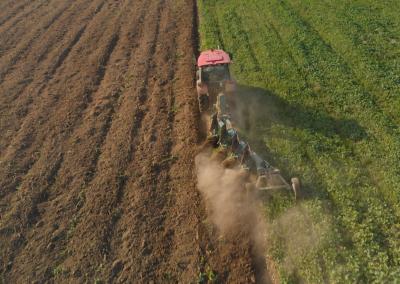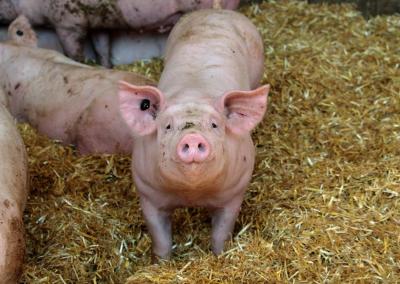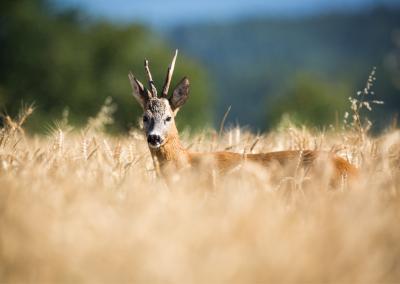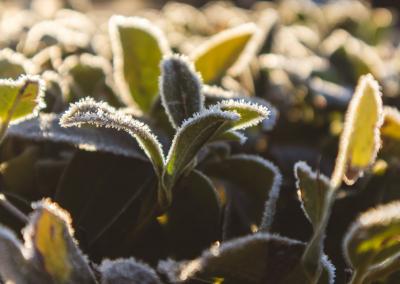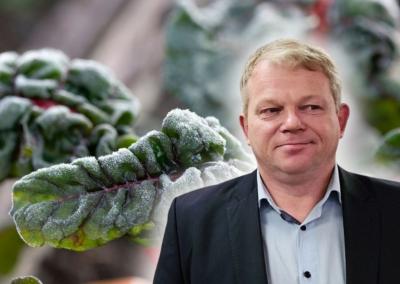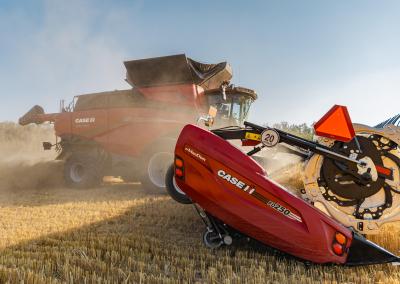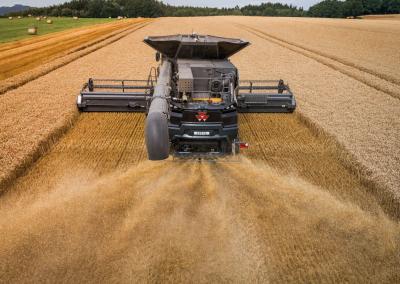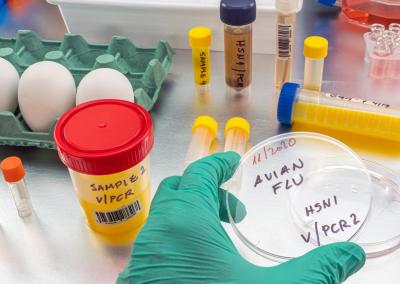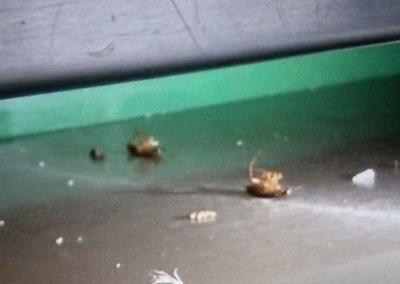What to do if your fruit trees have not shed their leaves
It's late autumn in the garden, but some fruit trees are still reluctant to show off their foliage? Is this normal? Does the gardener need to worry about this?
Leaf drop is a natural phase in the life of a plant, indicating that it has finished vegetating and is ready for hibernation. If the leaves have not dropped, it means only one thing: the tree is still growing and actively absorbing nutrients.
Why don't trees drop their leaves?
Nitrogen fertilisation. Nitrogen promotes active green mass growth, so it is important to keep the orchard on a fertilisation schedule, especially with responsible autumn fertilisation, to prevent the fruit tree from starting to grow at the worst possible moment in late autumn.
Excess moisture One of the most important functions of foliage is transpiration, i.e. regulating the water level in parts of the tree and controlling evaporation. Accordingly, if a dry summer is followed by a rainy autumn, the leaves will not be able to adapt quickly to the new conditions and will not be able to cope with their workload.
The tree will suffer from excess moisture and will not produce the leaves, which are the functional "organ" it needs at the moment. In fact, this can happen to any tree if the rules for late autumn garden watering are not followed.Weather anomalies. The excessively warm weather in autumn, which has been a frequent occurrence in recent years in one region or another, often results in the plant not receiving any external signals of the approaching winter and continuing to vegetate. However, however long and warm the autumn may seem, it won't last forever, which means that when the frost hits, the tree will not be ready for it.
Excessive summer pruning Pruning in summer is thought to have a positive effect on the condition of young fruit trees. Firstly, it speeds up the crown formation process. Secondly, it helps to accelerate the onset of fruiting.
However, such pruning should be carried out according to the characteristics of each individual tree. If too much is pruned, the tree will lose the necessary foliage volume and hastily start to grow new shoots, which will indefinitely prolong its growing season.
A similar statement applies to ornamental trees and shrubs.
Inappropriate variety of fruit tree. Often a fruit tree is in a hurry to drop its leaves because the variety is not suitable for the particular climatic conditions. In other words, the tree does not have time to prepare for hibernation because its „biological programme“ is designed for a longer growing season. This is why it is so important to plant only regional varieties of fruit trees and shrubs on your plot.
What to do if your fruit trees drop their leaves
First of all, you need to determine the extent of the problem. If the leaves have turned yellow but have not yet dropped, they are likely to do so in the near future, so it is not worth worrying about it.
But if the foliage has not changed colour even in late autumn, make an additional check to see if the tree is ready for hibernation. Grasp one of the branches gently with the fingers of one hand and slowly run the fingers of the other hand from the trunk to the end of that branch.
If the leaves fall off easily, this means that a blockage has formed on the leaflets and the leaves are no longer supplied with nutrients from the trunk, i.e. the leaf growth process has ended. Accordingly, there is no need to be particularly alarmed by this.
Secondly, it is worth investigating the reason for this uncharacteristic behaviour of fruit trees. If only one tree has not dropped its leaves, it is most likely that the plant has suffered from excess nitrogen, improper pruning, or excess moisture or waterlogging. In this case, you will need to review your tree maintenance calendar and work on your mistakes to avoid a repeat next year.
If trees are not shedding their leaves en masse, and a similar problem is occurring not only in your garden but also in your neighbours' gardens, this means that the lack of shedding is due to an anomaly of nature beyond your control. In such cases, an autumn foliar spray with copper preparations will help.
Most gardeners say that this spray can be applied when the tree has not had time to drop its leaves, as the leaves have already performed their function and will not cause much damage.
The spraying of copper preparations not only burns off the leaves that have not fallen off, but also the pathogenic microflora and insect pests that live on the tree. All the pests and micro-organisms will then die in the tree before they can move to the soil under the trees for the winter.
Other gardeners tend to think that treating a fruit tree with copper spray chemicals before the growing season is over risks inadvertently burning the buds that have not yet budded.
Why worry about the buds – it is always possible to check the buds themselves to see if they have entered the dormant stage. For dormant buds, autumn copper spraying is no longer dangerous.
It is important to choose the right weather for foliar burning spraying. It is advisable to avoid rainy days, as water can wash away all the products from the leaf surface.
Open sun, even autumn sun, is not recommended for some products.
Windy weather will also cause loss of some sprays.
Excessively low air temperatures can severely reduce the effect of preparations (they only work at plus temperatures).
It is best to spray on a windless dry day, starting in the morning, to allow the copper-treated leaves to dry before the evening frost.
Copper sulphate is commonly used to scorch unburnt leaves. It is widely known as a contact fungicide and antiseptic, limiting the development and spread of fungal diseases.
A 3-5% solution is used for the spraying of the garden, which controls scab, cocomycosis and powdery mildew.
Another copper group preparation – Bordeaux liquid. This is a concentrate containing the above-mentioned copper sulphate and hydrated lime. A 3% solution is used for autumn garden spraying. Thanks to its versatility, it can fight several diseases at the same time.


